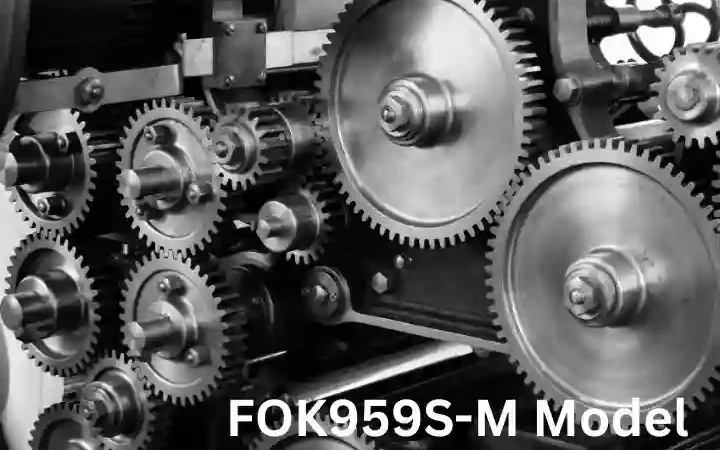Benefits Of Robotics In Children From 2 Year

Benefits Of Robotics : Robotics and STEM activities may not seem the most common when talking about classrooms for 2-year-olds at first glance . But this discipline, which brings together various branches of engineering and computer science, and deals with the creation of robotic machines, can begin to be introduced successfully from an early age. And it gives them innumerable advantages for later development in a good number of areas of the educational cycle and of their life.
Table of Contents
Why Is This Learning Interesting?
As we will see below, there are many benefits that, from the psycho pedagogical point of view, robotics entails for children from the age of 2. This resource, which has no limits, allows them to enjoy themselves while enhancing their abilities. And it does it in several ways:
Helps logical thinking and problem solving
As a starting point, it must be taken into account that robotics, in itself, is aimed at helping the child make decisions that allow him to solve problems. If, for example, 2-year-olds want to make their robot-bee move around obstacles, they must make decisions (programming it) that help them achieve that goal.
If 5-year-olds want to create their own robot out of blocks, they need to be able to reason about the order in which they should be placed. In addition, they have to know the meaning of each motor or sensor. And work as a team to program it according to the objective they pursue.
Some mathematical concepts
Plus, it’s especially beneficial for all math, logical sequencing, and other process work, even when they’re only 2 years old. Both the construction and programming phases are fully oriented towards stimulating children in the activity of contrasts and series. Both are of great help to them to strengthen a very solid logical-mathematical thinking from a very young age.
Cooperation between students in the search for a common goal
With this technique they interact and perform fantastic cooperative learning. Thanks to management, construction and programming, they learn to make decisions together. It encourages them to discuss the best way to use a sensor or enter an instruction, and together they evaluate the final result achieved.
So it’s a great way to encourage them to join forces.
Create an exciting environment
It generates an enormously motivating environment for the little ones, something essential to encourage their creativity and imagination. It is incredible to see their faces of joy when they start to create their own robots, to program their movements and to play with them.
Also Read : External Battery
How To Focus The Activity According To The Age Group?
Each age must have differentiated and adapted pedagogical objectives. It is also necessary to have material specifically adapted to their motor and cognitive potential , since there are specific techniques and tools for each age.
1. Between 2 and 3 years
In this stage, logical sequencing and simple mathematical concepts are specifically worked on, as well as the specific vocabulary of the program:
The main objective, given the child’s still limited capacities, is not to build a robot, since that is still very complex. He is now introduced solely to programming. And it is done from the perspective of exposing them to sequential languages that open the door to the world of robotics in a very basic way.
There are already built bots (with very solid materials and without any loophole or dangerous part for the child) that allow the student to program the different movement commands that the robot must obey using a very simple sequential language. Thus, the bot will move through the panels following the basic commands given by the student (helped by their teacher): Forward / Back / Turn 90 degrees to the left / To the right / Stop, for example.
Additionally, they assimilate vocabulary, mathematical concepts, geometric figures and lines in parallel.
2. Between 4 and 5 years
Here you can already make an introduction to programming with simple and very intuitive software, suitable for these stages. And also of a hardware that reflects, thanks to the different figures created by the children themselves, the instructions previously generated on the computer.
The main objective is both the creation and programming of the bot.
In the construction phase, with the help of a team and using blocks, create different types of robots (from a crocodile to a helicopter, to give a couple of examples). These will integrate various sensors into their structure (motion, stop motion, sound or some other function) that will later bring it to life.
In short, they learn to connect the robot to a computer and, through the interface, to program the commands. The robot will then execute the order that the children give it.
In addition, they simultaneously develop appropriate learning objectives for each stage, advanced vocabulary, emotions and some mathematical concepts, among others
Also Read : Gallery App






